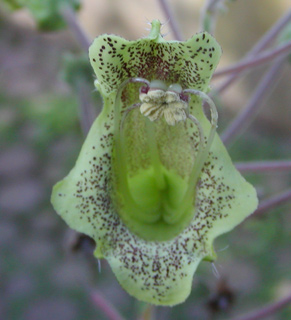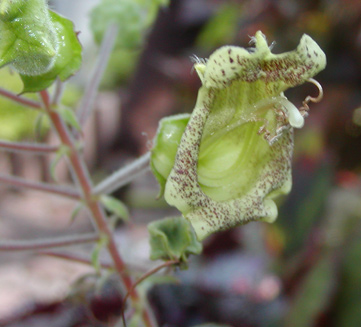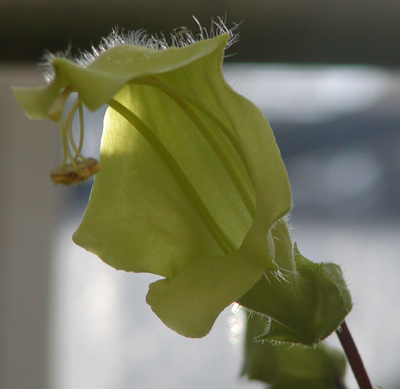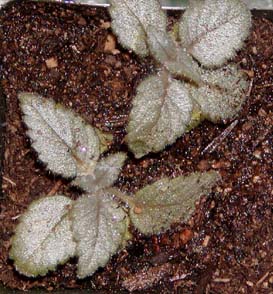Sinningia brasiliensis is an object lesson for all botanists who
name plants.
Don't name a plant after any area larger than Rhode Island!
Sinningia brasiliensis
means "the sinningia that grows in Brazil".
Well, duh.
First, Brazil is a very big place, and
S. brasiliensis grows only in a little part of it.
But worse, almost every sinningia species is native to Brazil.
"The sinningia that grows in Brazil" is most unhelpful as a name.
In mitigation, we can point out two things.
The original name was
Lietzia brasiliensis,
and since there was only one Lietzia species,
"the lietzia that grows in Brazil" wasn't ambiguous, even if really
really uninformative.
Also, there is [was] a worse gesneriad name.
China is even bigger than Brazil, and there are lots of chiritas native to China,
so "the chirita that grows in China"
-- Chirita sinensis -- is an incredibly
dumb name.
[As it happens, the genus Chirita got annihilated,
so there is no more Chirita sinensis.
Even better (or worse, depending on your viewpoint), the species name
"sinensis" has already been used in its new context, so a different
species name was applied: Primulina dryas.
The upshot is that Sinningia brasiliensis
is back to being the champion violator of the Rhode Island Rule
in the gesneriad family.]
So: remember the Rhode Island Rule!
|



